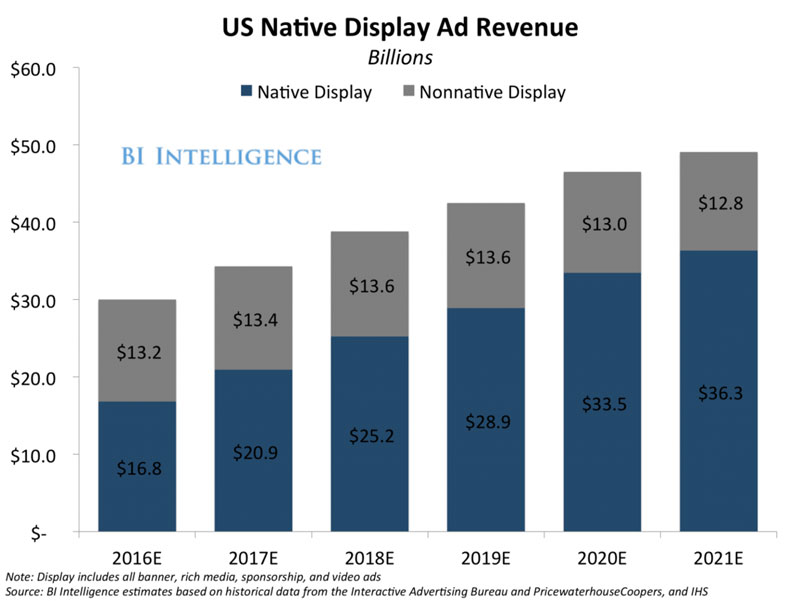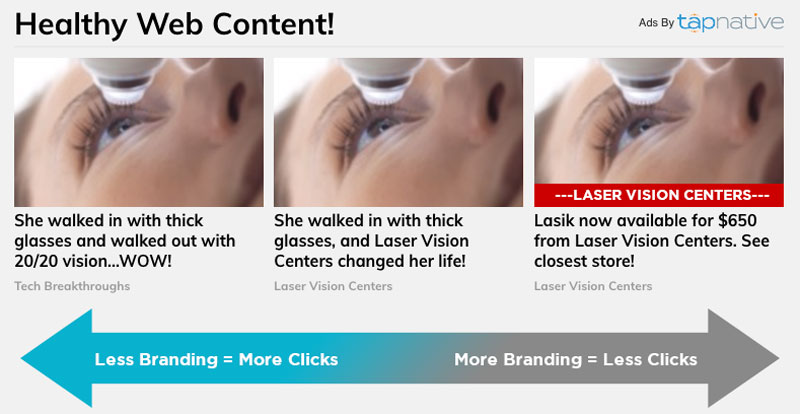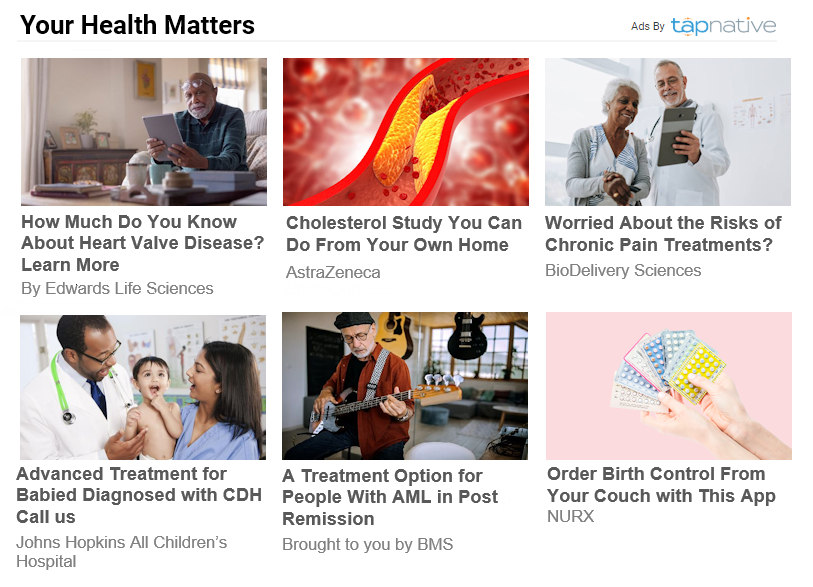Native Advertising for Healthcare
What you need to know.
Native advertising will drive 74 percent of all display ad revenue by 2021 according to sources like Business Insider. The reason is simple, native advertising is exponentially more effective at engaging an audience’s attention than standard display banners and there have been dozens of studies that say so like this.
Consumers look and consider native ad formats nearly twice as much as standard display ads. The English Oxford Dictionary defines the word native as “a local inhabitant”. The term native is appropriate because native ads are typically featured within the content section of a webpage and are configured in content style formats which look like content, so they are not as habitually ignored as typical banner ads. Native ad placements and configurations result in significantly higher brand lift than typical banner ads.
Consumer audiences including healthcare and medical professionals are also far more likely to share content they discover through a native ad. More healthcare markers including pharma, medical device, consumer product and health service providers like hospitals and other local health providers are utilizing native ads to drive target audiences to corporate sites, product and brand showcase sites and even to paid or earned media.
Healthcare advertisers may find native ads easier to setup and administer as the creative is typically far easier to create and get approved. Typical native ads are comprised of four simple elements: An image, a headline, a source name and a click through URL.



